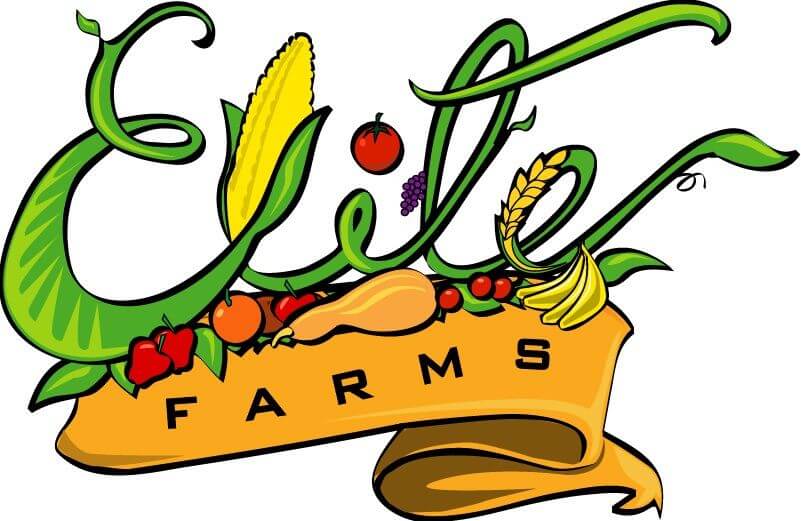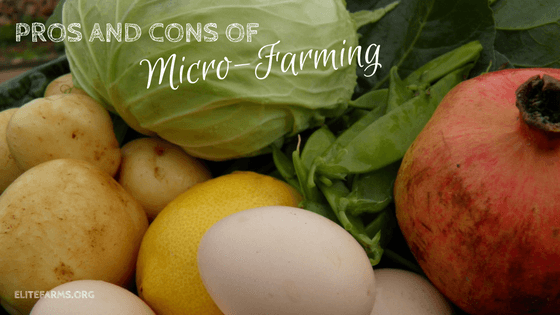Micro-farming is the practice of farming on a small scale as opposed to the “factory” scale of typical modern farms. As Aneesha Pakanati says, “We all know the primary benefits of farming, like growing produce and food security. But within the last couple of decades, the shift from industrialization has caused changes to the way in which the average American obtains their food.” This approach is rapidly growing in popularity because it creates more opportunity for people to join the farming community on a smaller scale while still offering opportunities to create an income.
Given the sudden boom, it is still unclear what micro-farming’s long-term impact will be, but pros and cons are already emerging.
Pro: It Uses Land Efficiently
Large-scale agriculture requires massive amounts of land to grow crops like corn and soybeans efficiently. That land must also be relatively homogenous in order to accommodate so much of the same crop being grown simultaneously (a monoculture system). In contrast, micro-farming can make use of smaller areas of varied land, allowing for maximal use of land as a variety of specialized crops are grown. This makes micro-farming more ecologically efficient, though factory farms may still be able to grow more food calorically and may have larger profits.
Con: Urban Farming May Increase Exposure to Heavy Metals
Micro-farming is becoming very popular in urban areas since unlike factory farming, it allows for farming in small areas like backyards and community gardens. Unfortunately, there is some evidence to show that urban micro-farming can increase exposure to heavy metals like lead if proper precautions are not taken to ensure that the soil is safe. More than anything, this highlights the fact that while micro-farming opens the door for new ‘mini farmers,’ it’s still important to do thorough research and preparation.
Pro: It Reduces the Distance from Farm to Table
Because factory farms require so much land, they are usually located in rural areas far from population centers. Crops like corn and soybeans require extensive processing before they can be eaten, adding to transportation times and costs as well as the need for distribution centers capable of properly storing and distributing produce. Microfarms may sell directly to consumers, reducing processing, travel, and emissions.
Con: It Might Not Provide Enough Food for a Growing Population
One of the most common criticisms of micro-farming is that, despite its ecological benefits, it still might not be capable of supporting a rapidly growing population of billions, as micro-farming is more labor-intensive than factory farming and many more people would need to become micro farmers. More efficient and profitable micro-farming methods are in development though, meaning this con might ultimately become obsolete in the near future.
Though micro-farming is an ancient practice, after the rapid industrialization of the 19th and 20th centuries, it still feels like an emerging market. Whether micro-farming comes to dominate or remains a supplement to factory farming, it does appear that it is here to stay.

